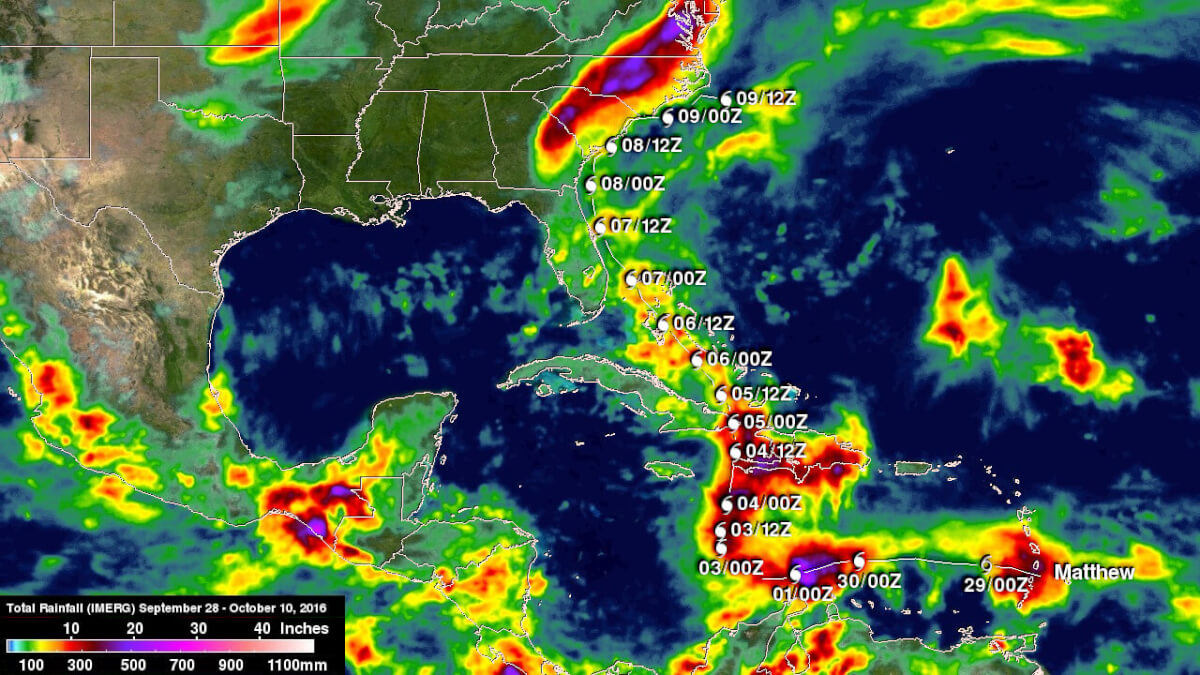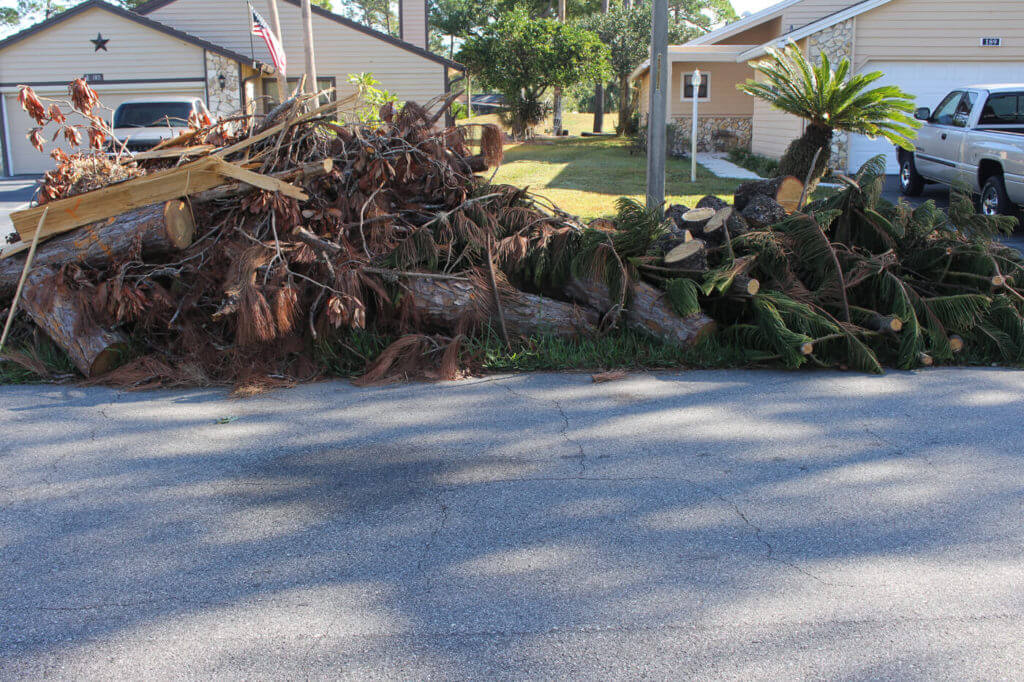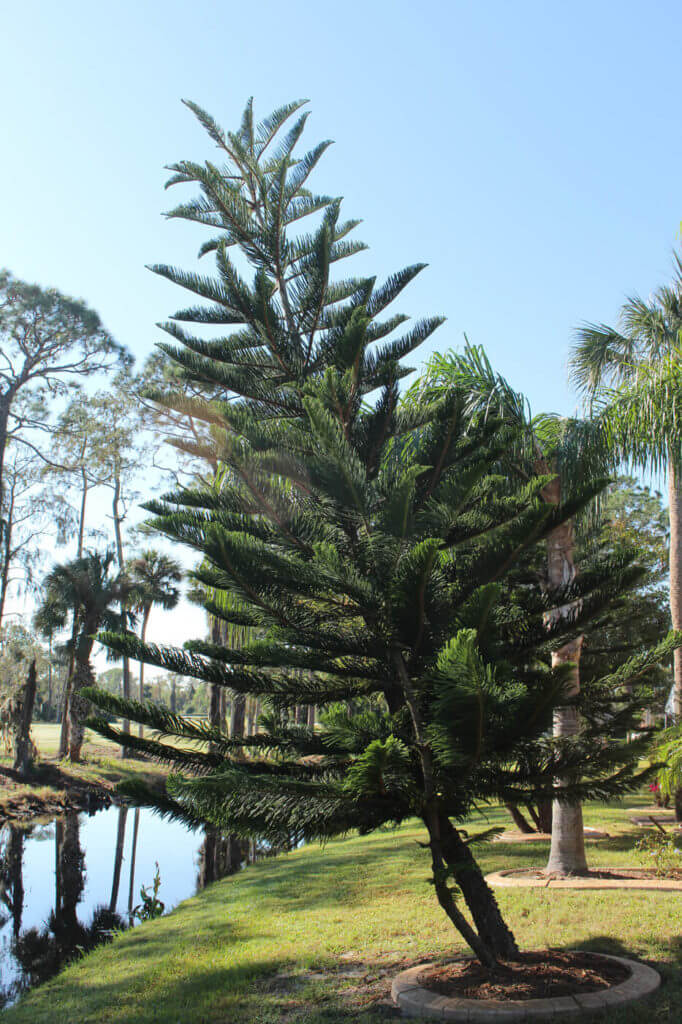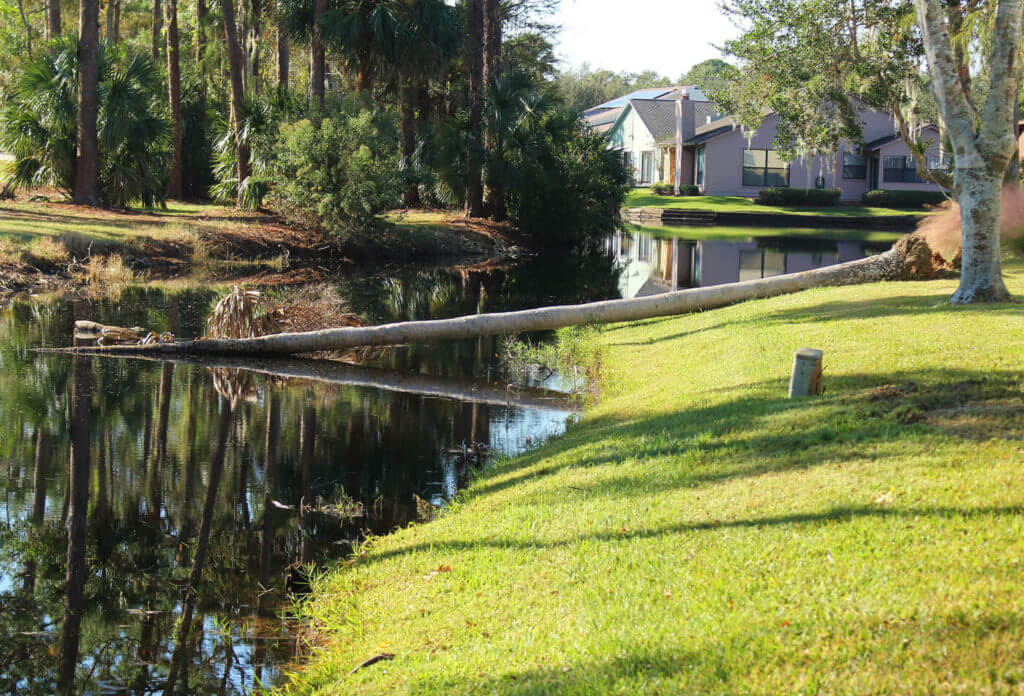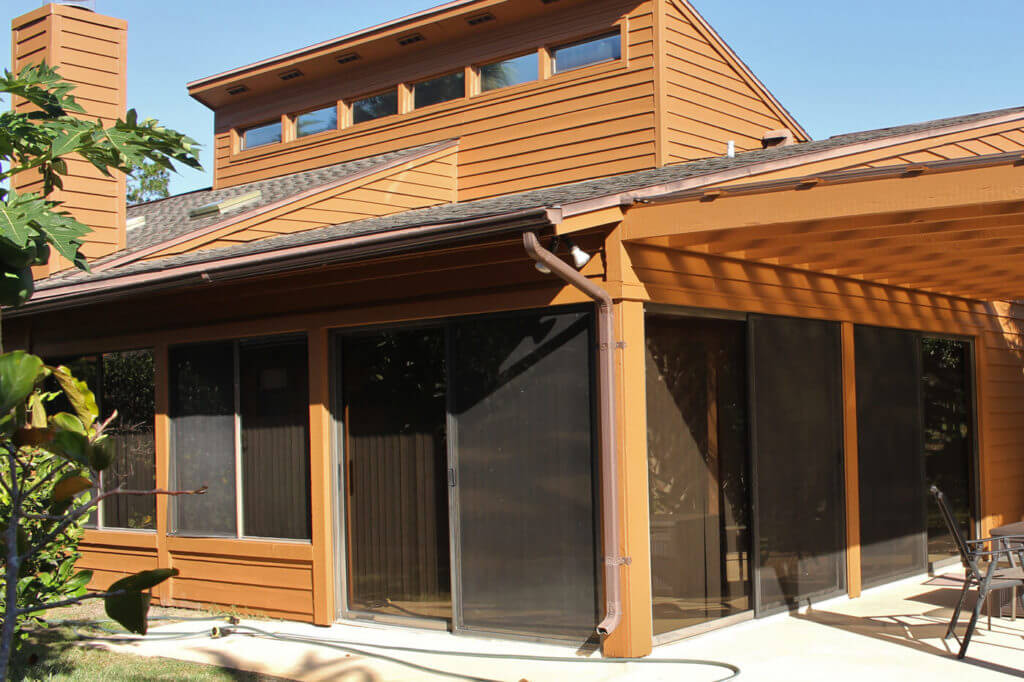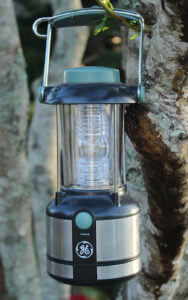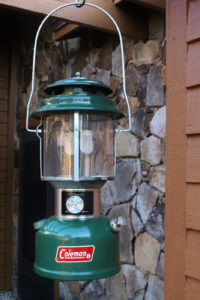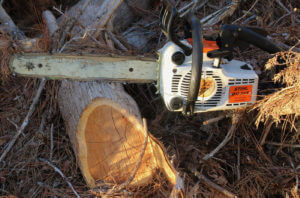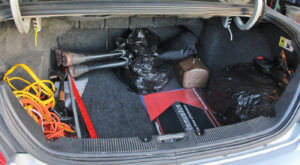Hurricane Matthew wasn’t our first rodeo.
Agnes stranded my wife and me for two days in 1972; Gloria was an uninvited guest at our niece’s wedding in ’85; Isabel left us without power for eight days in 2003; and Fay turned our subdivision into an archipelago in 2008. Hurricanes, tropical storms, tornados, ice storms and blizzards have all become routine affairs, no matter where we have lived over the course of our marriage.
Matthew was different.

Its potential to do damage was much greater than most of the other storms we’d faced, and its lack of predictability made it almost impossible to plan for. The storm’s track changed with every update. So did its strength. Would it make a direct hit as a category 4, or would it swerve east or west of us as a category 2? The more we listened to the weather reports, the less we knew.
Stay or Go
The rule of thumb in Florida with regard to hurricanes is to shelter in place for a category 1 or 2 and evacuate if the storm is category 3 or higher. However, if you live in an area affected by storm surge or in a flood zone, you also base your decision on the predicted storm surge, tide and rainfall.
Fortunately, we bought our home in a community located on high ground that has its own internal systems of lakes and canals built expressly for flood control. The golf courses are low and absorb the flood, but the homes stay high and dry, even when the roads flood. In addition, the property is about 4 miles from the ocean and out of the storm surge zone. Given this, our primary concern was wind rather than storm surge or rain.
We were well prepared … but not as well as we would have liked.
About a day before Matthew was scheduled to hit, it looked as if we’d take a direct hit from a category 3. So, we got ready to evacuate. Like many of you, we’ve had an evac plan in place for several years. The designated evacuation car is always filled with fuel and survival gear. We’ve scouted three evacuation routes, none of which include travel on an interstate. Vital documents, medicines and cash are stored, prepackaged in plastic “go-packs”; tools, defensive gear, food, clothing and pet supplies are pre-selected and ready to put in the trunk. If necessary, we can grab Mickey (the cat) and depart within 30 minutes.
Just as we were going to load the car, the forecast changed. The storm seemed to be heading toward Orlando, so we decided to ride it out. It seemed a reasonable choice, because the house has hurricane bracing, the roof is inspected regularly, the drainage around the house has been re-routed, and the brush and trees around our property are trimmed regularly. There was little chance that wind or flying foliage would cause our windows to fail, even if a category 1 or 2 hit us directly.

Given the improved forecast, we pooled supplies with some relatives who live nearby and settled everyone in at our house and at our niece’s home about a quarter-mile up our street. Four families in two locations. If one location were compromised, we could relocate to the one that wasn’t.
In addition to an evac plan, we also have a shelter-in-place plan and began to implement it. I retrieved the survival gear from where it is stored and began to set things up. Just at that point, the forecast changed again. Now, the storm was predicted to hit dead on with 120 mph winds. By that time, we were committed to staying. The increased wind prediction created an additional problem.
The Florida room where I write has two walls with large, glass sliding doors. With stronger winds predicted, the increased likelihood of flying objects from nearby properties required boarding up that those “glass walls.” Worse yet, we quickly discovered the windows were so big that we’d have to custom cut and internally brace the boards. Fortunately, my neighbor works in the construction industry and was boarding up his home. I contributed my circular saw, and he brought his sawhorse and impact screwdriver. We managed to buy enough boards and spent several hours cutting and fitting them. Then, we hunkered down and waited.
Moment of Truth
Fate smiled on us, and Matthew decreased to a category 2 and passed about 40 miles off shore. Still, the sustained winds in town were 71 mph, and the gusts were as high as 97 mph. After all the hype, the winds that came to our neighborhood had an effect somewhere between a strong tropical storm and a weak Category 2.
We had dodged the bullet.
… if you live in an area affected by storm surge or in a flood zone, you also base your decision on the predicted storm surge, tide and rainfall.
Even so, damage from falling and flying foliage was impressive. Trees were ripped out of the ground all over our gated community. Elsewhere, trees were split straight down the middle and had their canopies torn off. Leafy trees suffered the most damage, followed by some of the taller pines. The palms were least affected, because their fronds offered less resistance to the wind, and their trunks were generally more flexible.
Damage to our house was minimal. None of our trees fell, but our neighbors weren’t so lucky. A few untrimmed trees were blown down and hit houses, but even many of the downed trees fell harmlessly in yards. One fell and blocked a roadway. Several others fell into the flood-control canals, which wasn’t so good. Fortunately, there were no injuries, and the flood-control system easily drained and contained the 6 inches of rain that fell. We got off much easier than folks in the Carolinas.
Aftermath
While the damage done to houses was minimal, power was out in almost all of Volusia County. We expected the power to be out in some places, but nearly the whole county? We had plenty of batteries, and I have a device that lets me convert AC current off my car battery. We also had several coolers and a full bucket of ice in the refrigerator. In addition, we had two weeks’ worth of water and ready-to-eat nonperishable food. We should have been prepared for at least 10 days, and we were … with three exceptions.
The first involved cellular communications. The countywide outage caused the towers to run on backup generators, so there was cell phone service. On the other hand, many landlines were Internet VOIP protocol based, and when the power went down, the modems crashed and took the landlines with them. Suddenly, more people were using cellular system, and suddenly, the batteries on our cell phones started draining faster.

Why worry? I had a Mophie to recharge them, but with the rapid depletion of our cell batteries, the Mophie was drained on day one. On day two, the only way to recharge the phones was to use the AC converter on the car and run the engine to keep up the charge speed.
Problem two was the coolers. Ours were state of the art when we purchased them years ago. Even so, a 10-pound bag of ice only lasted 36 hours. By that time, ice was in very short supply, and I only managed to get enough for another 24 hours. Clearly, I should have purchased a Yeti or other advanced cooler, which could have extended that period to 36 hours. The net result is that we had to eat the perishables first. There were cold turkey sandwiches and lots of ice cream.
… it doesn’t matter how many disasters you’ve been in, there’s always something to be learned.
The final lesson involved our much-loved chainsaw. When we went to lend it to a neighbor, he found that the gas lines had rotted, so the saw wouldn’t start.
There was one saving grace through all of this: People were very nice, and the community came together. That’s something you can’t always count on.
Lessons Learned
Matthew again proved that Yogi Berra was right when he said, “In baseball, you don’t know nuthin’!” In other words, it doesn’t matter how many disasters you’ve been in, there’s always something to be learned.
Because of Matthew, we’re going to make some changes.
- First, we need hurricane protection for our home’s windows and sliding glass doors. No more last-minute boarding up and wasting time we could use for evacuation.
- We also need a plan for using the cell phone sparingly. Running the car to charge the phone is not the best use of gasoline.
- We need to be sure gear—such as the chainsaw—still works before the storm hits.
- Finally, we should either get a Yeti-type three-day cooler or plan to start eating canned and dry food much earlier and not worry about discarding most of the contents of the refrigerator.
In the end, we were lucky. On the other hand, if Matthew had landed, we would have been quite comfortable in our house for at least 10 days. We were well prepared … but not as well as we would have liked.
Editor’s note: A version of this article first appeared in the May 2017 print issue of American Survival Guide.


